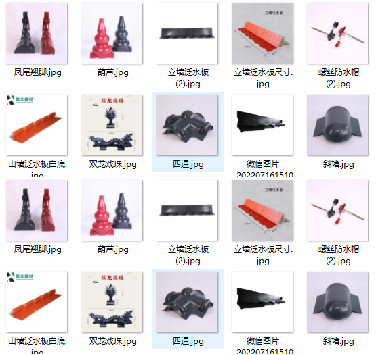
Introduction of Chuanya Roof Tile Accesories
Innovations and Trends in Easy-to-install Roofing Materials for Modern Architecture
In the ever-evolving field of modern construction, efficiency, durability, and sustainability are key priorities. Roofing is one of the most critical elements in any building, impacting structural integrity, energy efficiency, and overall aesthetics. Among emerging solutions, Easy-to-install Roofing Materials have gained widespread recognition for their ability to simplify installation, reduce costs, and deliver long-term performance.
This article explores the role, characteristics, innovations, trends, and practical considerations of Easy-to-install Roofing Materials in contemporary architecture.
Easy-to-install Roofing Materials and Their Role in Modern Construction
Modern construction demands materials that balance speed, cost-effectiveness, and performance. Easy-to-install Roofing Materials play a pivotal role in meeting these requirements. They are designed to minimize labor dependency, reduce installation time, and improve overall building efficiency.
Key roles in modern construction include:
- Time and Labor Efficiency: Modular and lightweight designs allow for quick installation, which is particularly advantageous for large industrial, commercial, and residential projects.
- Cost Savings: Although initial costs may vary, reduced labor expenses and minimal maintenance requirements make these materials economically attractive over the building's lifespan.
- Enhanced Durability: High-quality Easy-to-install Roofing Materials offer superior resistance to harsh weather conditions, including heavy rainfall, snow, wind, and UV exposure.
- Sustainability: Many materials are eco-friendly or recyclable and contribute to energy efficiency through improved thermal insulation.
- Aesthetic Versatility: Available in various colors, textures, and finishes, these materials integrate seamlessly with modern architectural designs.
Key Characteristics of Easy-to-install Roofing Materials
Understanding the defining features of Easy-to-install Roofing Materials is essential for selecting the right solution for a project.
- Lightweight Construction: Reduces structural load and simplifies installation. Ideal for retrofitting or constructing new roofs.
- Modular and Pre-fabricated Design: Panels, tiles, or sheets are designed for uniform quality and quick assembly.
- Durability and Longevity: Resistant to cracking, corrosion, and weathering, ensuring a longer service life.
- Weather and UV Resistance: Materials maintain performance under extreme temperatures and prolonged sun exposure.
- Low Maintenance: Minimal upkeep requirements save time and operational costs.
- Ease of Installation: Designed for fast assembly with basic tools, reducing labor dependency and installation errors.
- Energy Efficiency and Sustainability: Thermal insulation improves building energy performance, and materials are often environmentally responsible.
Innovations in Easy-to-install Roofing Materials
Recent innovations have transformed the capabilities and applications of Easy-to-install Roofing Materials:
- Advanced Polymer and Resin Materials: ASA resin, PVC, and fiber-reinforced composites offer UV resistance, durability, and lightweight construction.
- Metal Roofing Panels: Pre-coated steel and aluminum panels with interlocking systems improve corrosion resistance and structural stability.
- Sustainable Materials: Recycled composites and green roofing solutions provide environmental benefits and enhanced thermal performance.
- Smart Roofing Technologies: Integration of solar panels, self-cleaning coatings, and IoT monitoring allows for energy generation, maintenance efficiency, and predictive analytics.
These innovations not only enhance performance but also align with the growing focus on sustainability and green construction.
Trends in Modern Architecture Using Easy-to-install Roofing Materials
The adoption of Easy-to-install Roofing Materials is closely linked to broader trends in modern architecture:
- Modular and Prefabricated Systems: Accelerate construction timelines and improve quality control.
- Aesthetic Flexibility: Architects increasingly prioritize customizable finishes and textures to match contemporary design styles.
- Energy Efficiency and Green Building: Materials with reflective surfaces, thermal insulation, and recyclable properties contribute to LEED certification and sustainability goals.
- Global Market Adoption: Rising demand in both industrial and residential sectors has made Easy-to-install Roofing Materials a standard choice for modern building projects.
Practical Considerations When Choosing Easy-to-install Roofing Materials
Selecting the right Easy-to-install Roofing Materials involves evaluating multiple factors to ensure optimal performance and long-term benefits:
- Climate Compatibility: Consider weather patterns, UV exposure, and temperature fluctuations.
- Building Type and Structural Requirements: Ensure the material's weight, load-bearing capacity, and design align with the building structure.
- Cost versus Performance: Assess upfront investment against installation savings, longevity, and maintenance needs.
- Maintenance Needs: Choose materials that require minimal upkeep while retaining structural and aesthetic integrity.
- Compliance with Codes and Standards: Verify adherence to local building regulations and safety standards to ensure project approval.
Easy-to-install Roofing Materials are redefining the roofing landscape in modern construction. Their combination of durability, energy efficiency, aesthetic versatility, and simplified installation makes them an ideal choice for residential, commercial, and industrial projects. By embracing innovations and aligning with architectural trends, builders and architects can achieve superior performance while meeting sustainability goals and optimizing costs.
Investing in Easy-to-install Roofing Materials ensures a roofing solution that is future-ready, environmentally responsible, and perfectly suited to the demands of modern architecture.
As a professional All Accessories factory, Chuanya has all your roofing needs covered.




















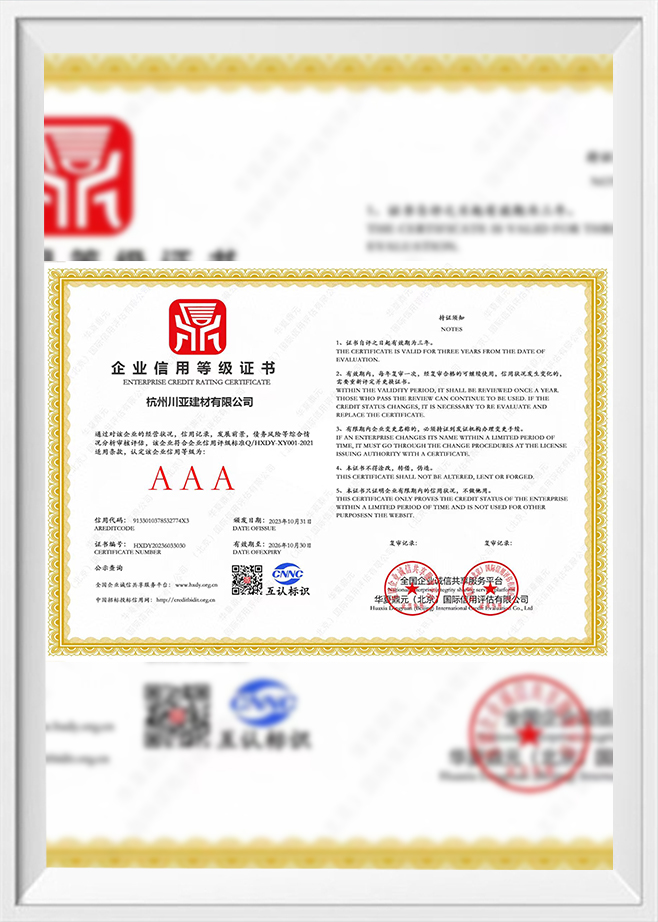
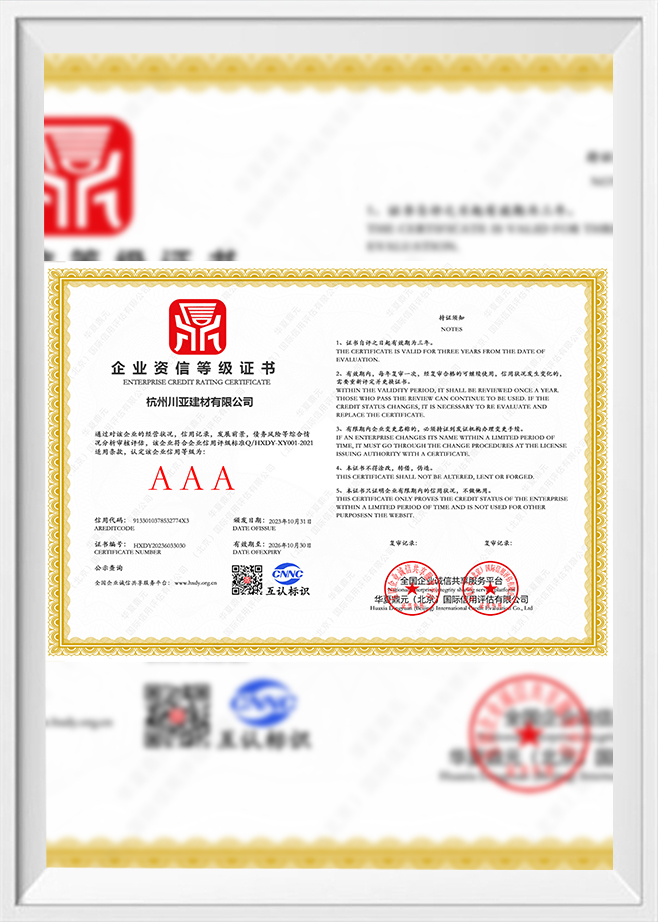
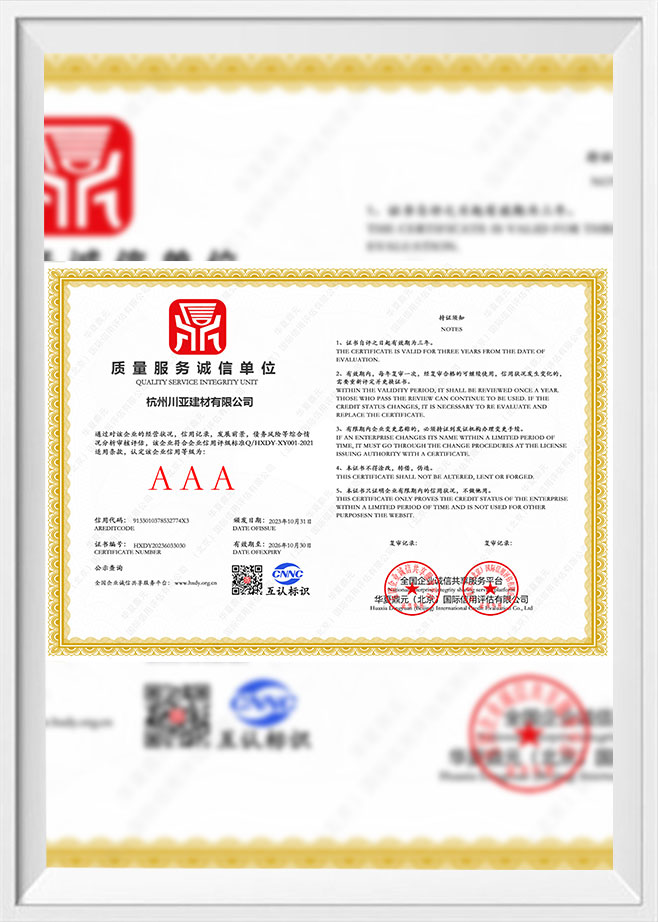
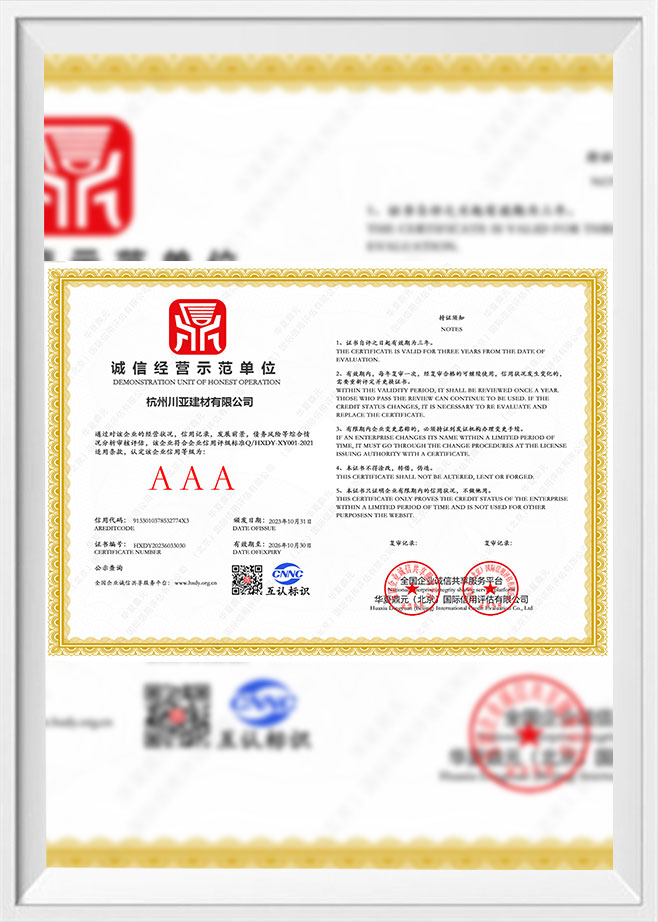
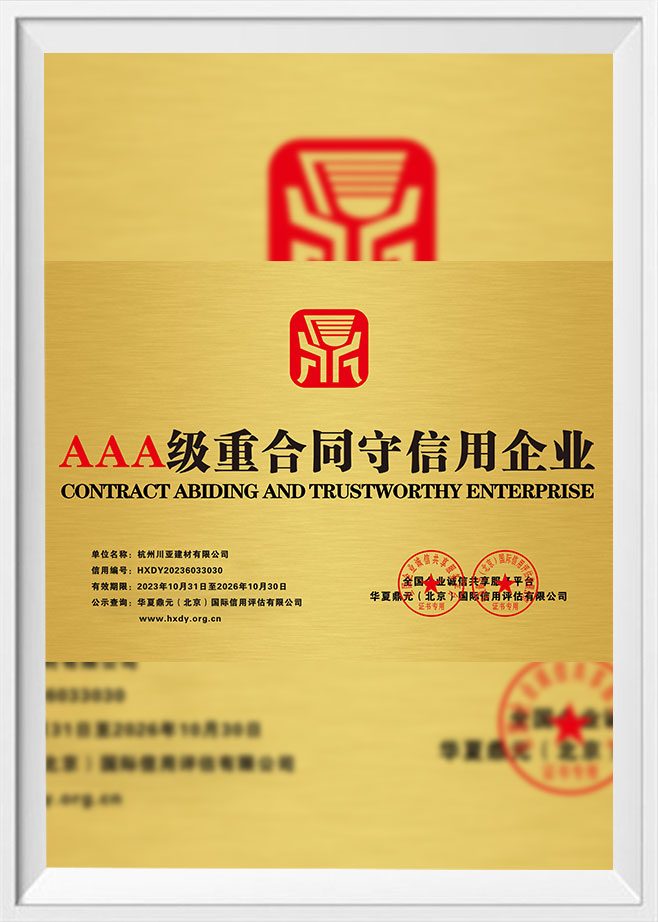

 Email:
Email: Phone:
Phone: Adress:
Adress: